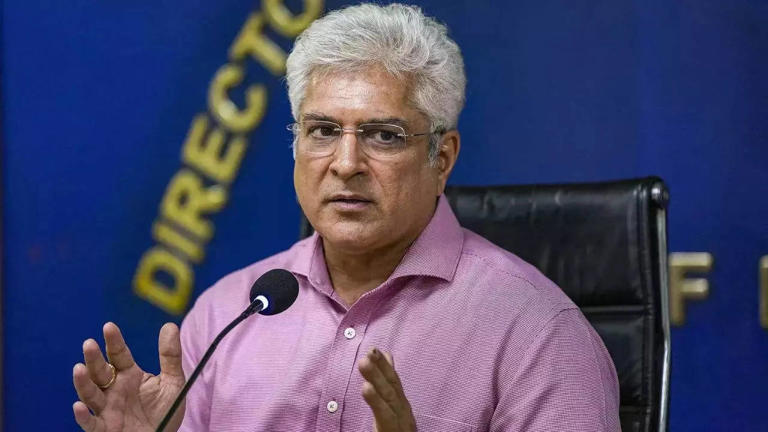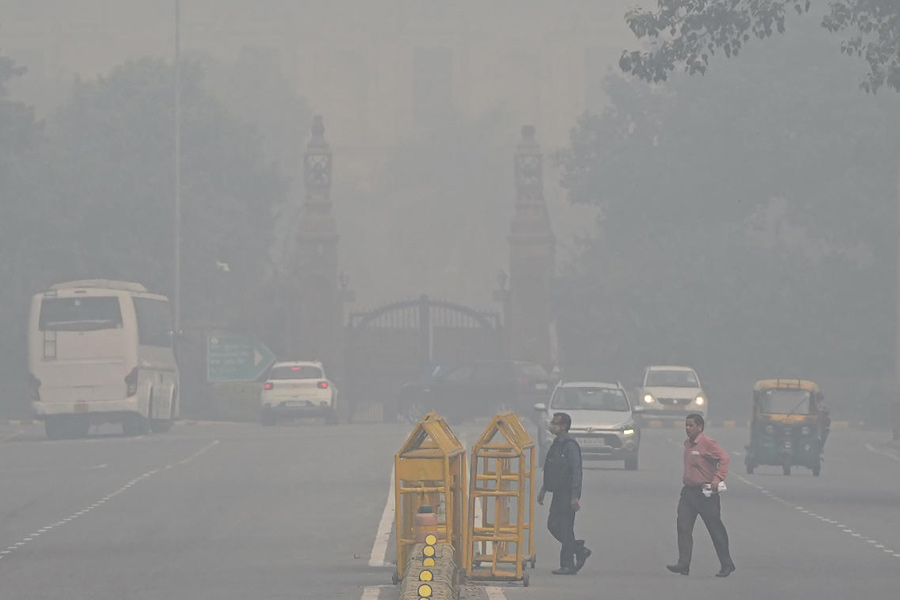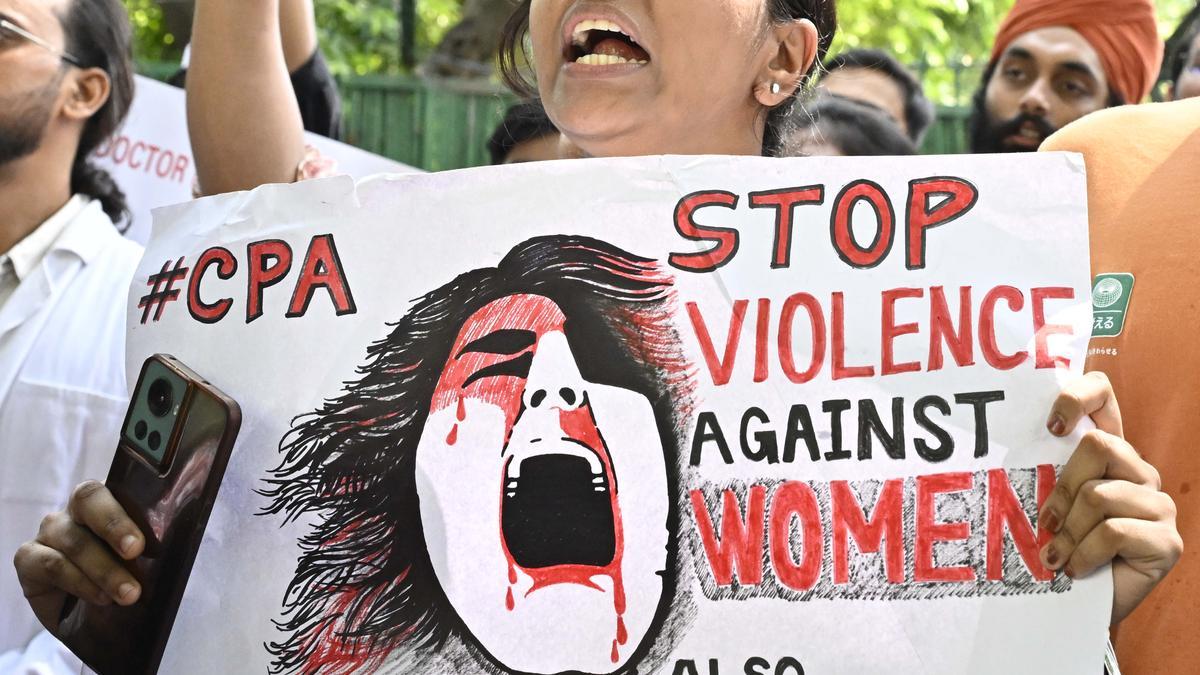Home / nagaland / Ghost Towns and the Battle for Land Rights in Nagaland’s Development Era
Ghost Towns and the Battle for Land Rights in Nagaland’s Development Era
By: My India Times
4 minutes read 81Updated At: 2025-03-06

In Nagaland, the mere announcement of a two-lane road project triggers a familiar spectacle: landowners, driven by desperation and foresight, hurriedly erect makeshift structures on their otherwise barren lands. Almost overnight, these ghost towns of uninhabited huts emerge—not as a ploy, but as a testament to the ongoing struggle for rightful compensation. Yet, instead of questioning the systemic injustices that lead to such desperate measures, fingers are readily pointed at the villagers, branding them as opportunists engaging in "cheap tricks." The reality, however, is far more complex and deeply entrenched in historical inequities.
The real question is not why villagers scramble to claim whatever compensation they can, but rather, why are they forced into this position in the first place? The landowners in Nagaland, often unaware of their legal rights, are routinely denied fair compensation by those in power—despite clear mandates under the Right to Fair Compensation and Transparency in Land Acquisition, Rehabilitation and Resettlement Act, 2013 (hereinafter referred to as the Act of 2013). This legislation was designed to ensure equitable land acquisition, but its benefits remain largely unrealized in the state. Government authorities and influential figures continue to exploit loopholes, manipulating landowners into either surrendering their ancestral lands for free or settling for meager damage compensation instead of rightful land compensation.
The Evolving Land Rights Crisis in Nagaland
Historically, Nagaland—along with other northeastern states—has suffered from governmental neglect in terms of infrastructure and development. However, recent efforts have spurred a surge in public projects, including roads, dams, and institutions, aimed at integrating the region into India’s broader development agenda. While these initiatives promise progress, they also bring forth pressing concerns about displacement, inadequate compensation, and the erosion of indigenous land rights.
Unlike in other states, land in Nagaland holds profound cultural and emotional significance. The intricate bond between the people and their land is protected under Article 371A of the Indian Constitution, which grants Nagaland special privileges over land and resources. Yet, despite this safeguard, the rights of landowners are continuously trampled upon. Astonishingly, some influential figures are advocating for the dilution of Article 371A, failing to recognize the dire consequences such an action would have on indigenous communities. Removing these protections could pave the way for unchecked land grabs, further marginalizing local populations and rendering them vulnerable to external encroachment.
Systemic Exploitation and the Role of Authorities
Land acquisition in Nagaland predominantly follows an informal process, involving Village Councils and Civil Society Organizations. Landowners, acting in good faith, frequently issue No-Objection Certificates (NOCs) for developmental projects—either donating land outright or settling for damage compensation alone. However, this process is often marred by coercion. Those in positions of power subtly—or overtly—threaten to withdraw projects unless landowners comply with these terms, effectively forcing them into an unfair agreement. These agreements, often executed behind closed doors without due legal process, result in long-standing grievances, many of which have now reached the High Court.
The Act of 2013 clearly distinguishes between land compensation and damages incurred during acquisition. Yet, authorities blur these lines, misleading landowners into accepting inadequate settlements. Poor villagers, lacking both legal knowledge and financial resources, are left with little recourse. Their struggles are drowned out by bureaucratic red tape, while powerful elites continue to benefit from a deeply flawed system.
The Consequences of Ignoring Land Rights
Development should never come at the expense of the rights and well-being of indigenous communities. The forced relinquishment of ancestral lands without adequate compensation and rehabilitation is not only unlawful but also detrimental to social stability. The dismal quality of completed projects—marked by substandard roads and crumbling infrastructure—further aggravates public frustration. If the goal is genuine progress, then transparency, fairness, and adherence to legal frameworks must be prioritized.
Nagaland must take cues from global indigenous land rights movements. Across the world, indigenous communities—from the Adivasis in Jharkhand to the Lakota Sioux in North America and the Maori in New Zealand—are engaged in ongoing battles to reclaim ancestral lands. Legal battles, protests, and community mobilization remain their tools of resistance. The people of Nagaland must similarly assert their rights, ensuring that development does not equate to displacement and dispossession.
The Road Ahead
The preservation of Article 371A and the proper implementation of the Act of 2013 are crucial in safeguarding the rights of landowners in Nagaland. Rather than blaming villagers for seeking compensation, the focus must shift to addressing corruption, ensuring equitable resource distribution, and holding authorities accountable for their failures.
For development to be truly meaningful, it must be inclusive and just. A future where the people of Nagaland are equal stakeholders in their own progress is not only possible but essential. The battle for land rights is not just about compensation—it is about dignity, identity, and survival.
....
In Nagaland, the mere announcement of a two-lane road project triggers a familiar spectacle: landowners, driven by desperation and foresight, hurriedly erect makeshift structures on their otherwise barren lands. Almost overnight, these ghost towns of uninhabited huts emerge—not as a ploy, but as a testament to the ongoing struggle for rightful compensation. Yet, instead of questioning the systemic injustices that lead to such desperate measures, fingers are readily pointed at the villagers, branding them as opportunists engaging in "cheap tricks." The reality, however, is far more complex and deeply entrenched in historical inequities.
The real question is not why villagers scramble to claim whatever compensation they can, but rather, why are they forced into this position in the first place? The landowners in Nagaland, often unaware of their legal rights, are routinely denied fair compensation by those in power—despite clear mandates under the Right to Fair Compensation and Transparency in Land Acquisition, Rehabilitation and Resettlement Act, 2013 (hereinafter referred to as the Act of 2013). This legislation was designed to ensure equitable land acquisition, but its benefits remain largely unrealized in the state. Government authorities and influential figures continue to exploit loopholes, manipulating landowners into either surrendering their ancestral lands for free or settling for meager damage compensation instead of rightful land compensation.
The Evolving Land Rights Crisis in Nagaland
Historically, Nagaland—along with other northeastern states—has suffered from governmental neglect in terms of infrastructure and development. However, recent efforts have spurred a surge in public projects, including roads, dams, and institutions, aimed at integrating the region into India’s broader development agenda. While these initiatives promise progress, they also bring forth pressing concerns about displacement, inadequate compensation, and the erosion of indigenous land rights.
Unlike in other states, land in Nagaland holds profound cultural and emotional significance. The intricate bond between the people and their land is protected under Article 371A of the Indian Constitution, which grants Nagaland special privileges over land and resources. Yet, despite this safeguard, the rights of landowners are continuously trampled upon. Astonishingly, some influential figures are advocating for the dilution of Article 371A, failing to recognize the dire consequences such an action would have on indigenous communities. Removing these protections could pave the way for unchecked land grabs, further marginalizing local populations and rendering them vulnerable to external encroachment.
Systemic Exploitation and the Role of Authorities
Land acquisition in Nagaland predominantly follows an informal process, involving Village Councils and Civil Society Organizations. Landowners, acting in good faith, frequently issue No-Objection Certificates (NOCs) for developmental projects—either donating land outright or settling for damage compensation alone. However, this process is often marred by coercion. Those in positions of power subtly—or overtly—threaten to withdraw projects unless landowners comply with these terms, effectively forcing them into an unfair agreement. These agreements, often executed behind closed doors without due legal process, result in long-standing grievances, many of which have now reached the High Court.
The Act of 2013 clearly distinguishes between land compensation and damages incurred during acquisition. Yet, authorities blur these lines, misleading landowners into accepting inadequate settlements. Poor villagers, lacking both legal knowledge and financial resources, are left with little recourse. Their struggles are drowned out by bureaucratic red tape, while powerful elites continue to benefit from a deeply flawed system.
The Consequences of Ignoring Land Rights
Development should never come at the expense of the rights and well-being of indigenous communities. The forced relinquishment of ancestral lands without adequate compensation and rehabilitation is not only unlawful but also detrimental to social stability. The dismal quality of completed projects—marked by substandard roads and crumbling infrastructure—further aggravates public frustration. If the goal is genuine progress, then transparency, fairness, and adherence to legal frameworks must be prioritized.
Nagaland must take cues from global indigenous land rights movements. Across the world, indigenous communities—from the Adivasis in Jharkhand to the Lakota Sioux in North America and the Maori in New Zealand—are engaged in ongoing battles to reclaim ancestral lands. Legal battles, protests, and community mobilization remain their tools of resistance. The people of Nagaland must similarly assert their rights, ensuring that development does not equate to displacement and dispossession.
The Road Ahead
The preservation of Article 371A and the proper implementation of the Act of 2013 are crucial in safeguarding the rights of landowners in Nagaland. Rather than blaming villagers for seeking compensation, the focus must shift to addressing corruption, ensuring equitable resource distribution, and holding authorities accountable for their failures.
For development to be truly meaningful, it must be inclusive and just. A future where the people of Nagaland are equal stakeholders in their own progress is not only possible but essential. The battle for land rights is not just about compensation—it is about dignity, identity, and survival.
By: My India Times
Updated At: 2025-03-06
Tags: nagaland News | My India Times News | Trending News | Travel News
Join our WhatsApp Channel











.jfif)





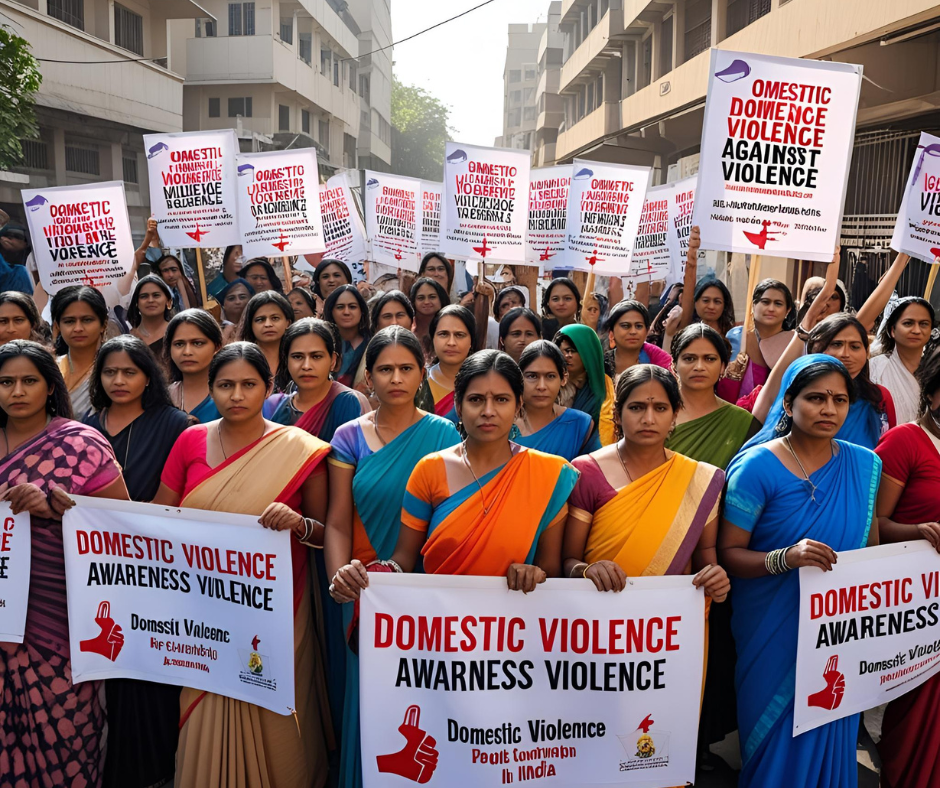





















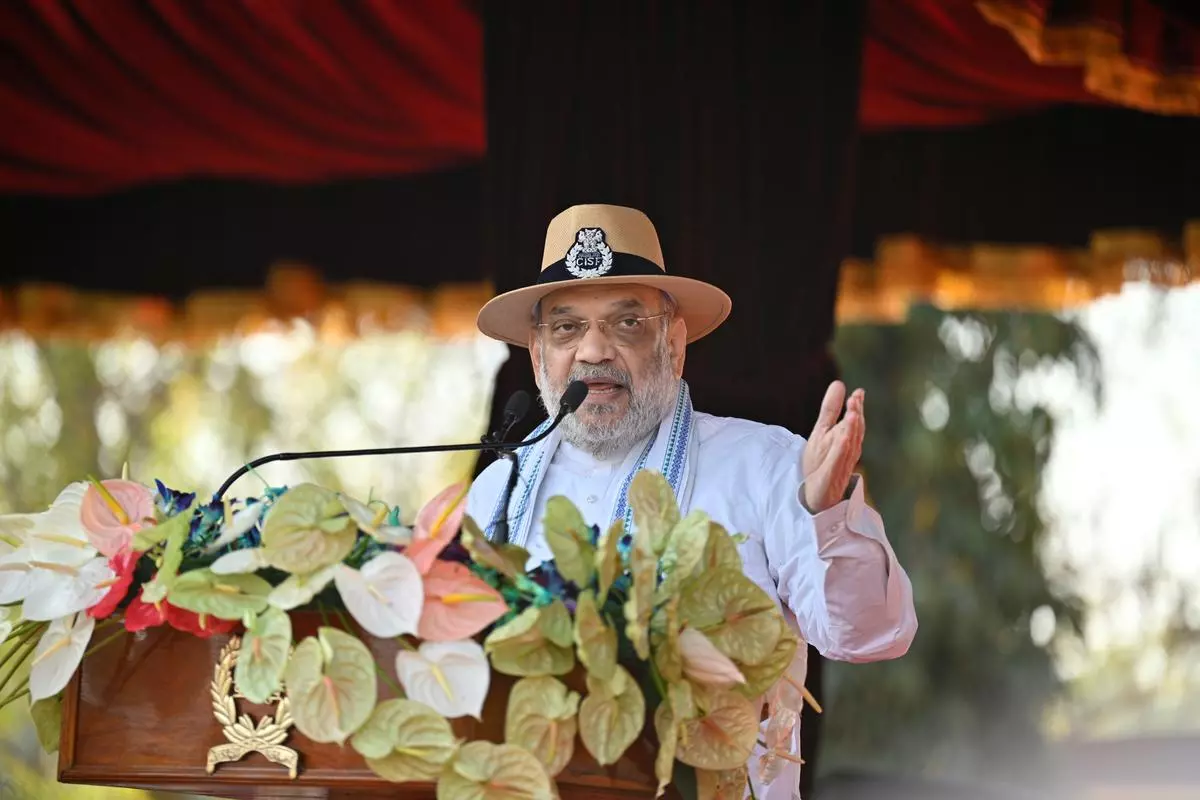





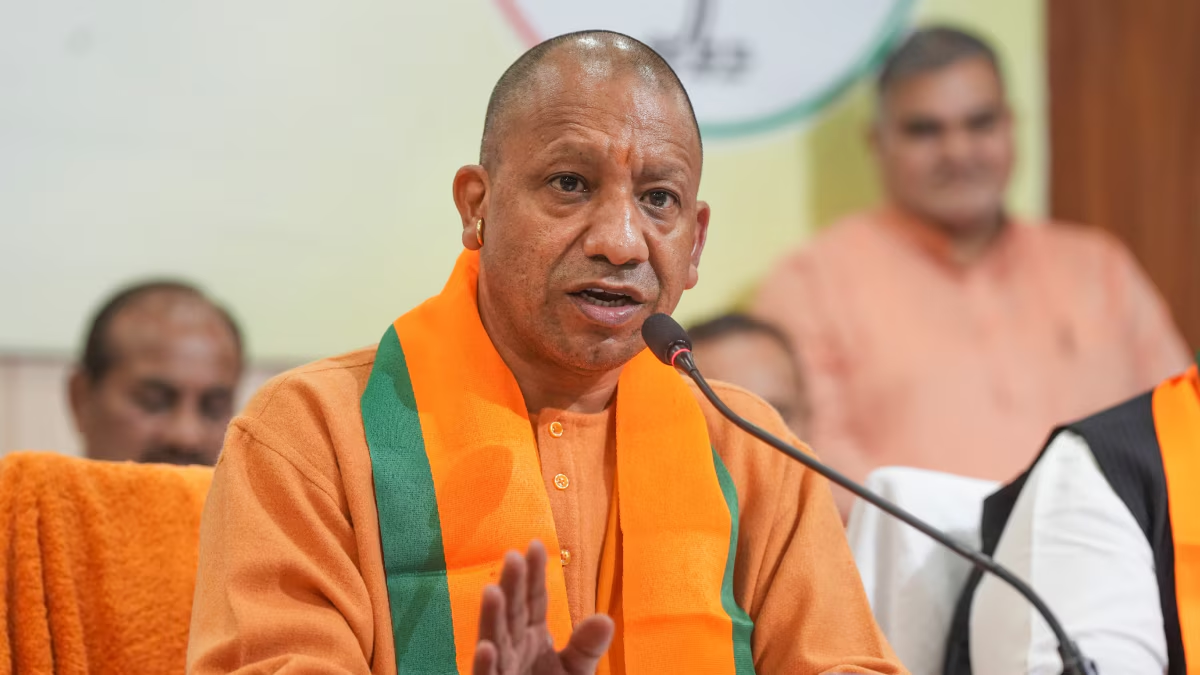





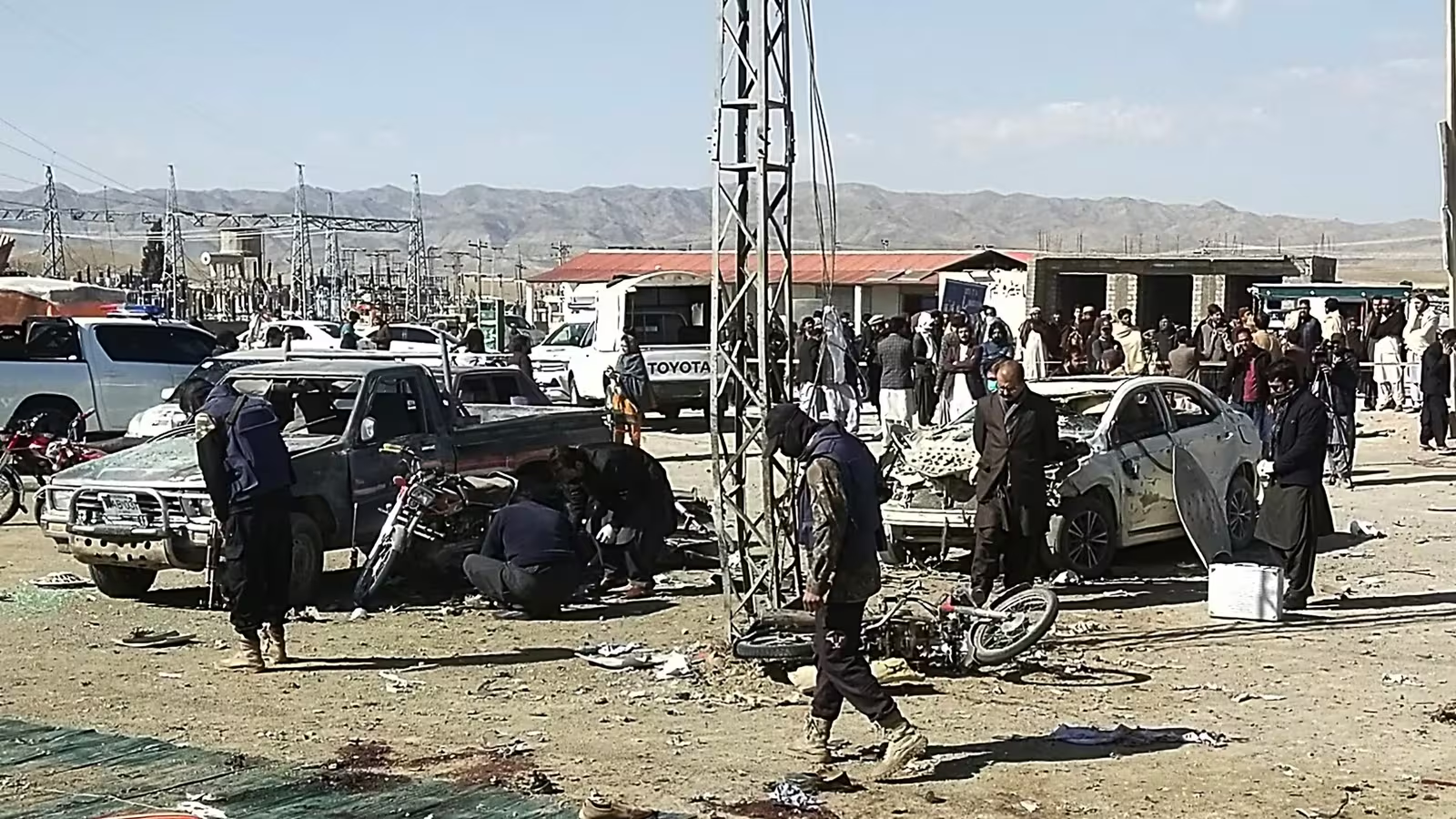



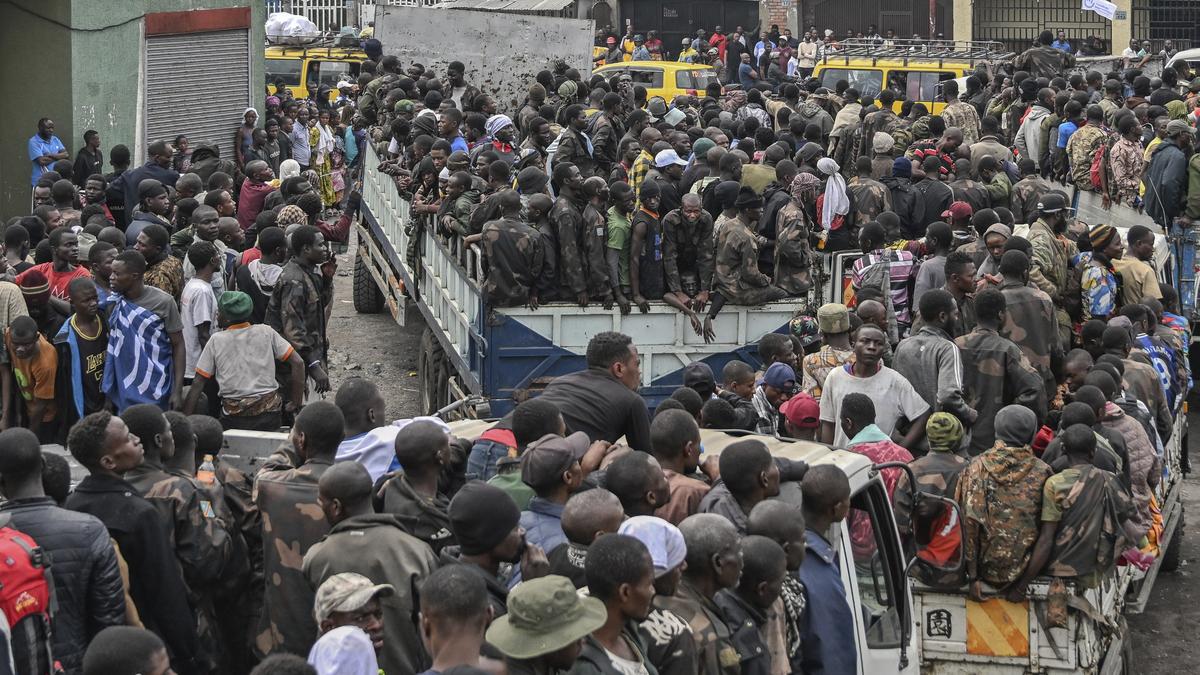
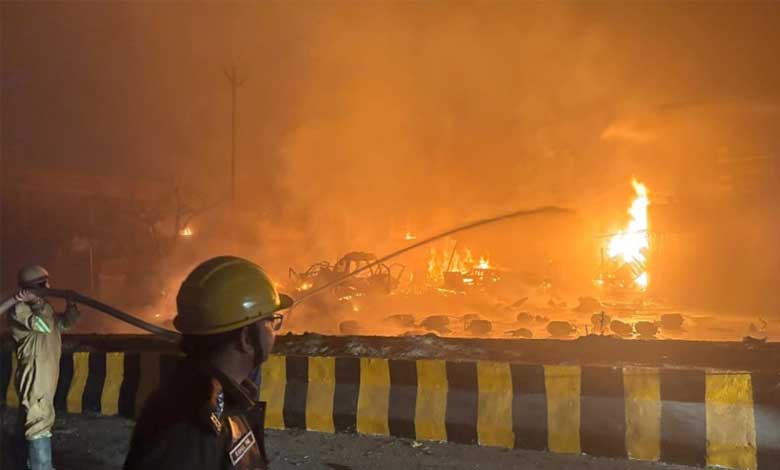












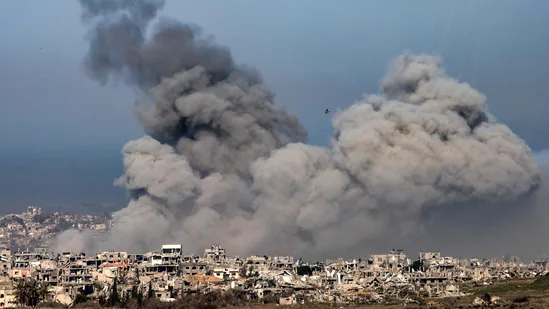
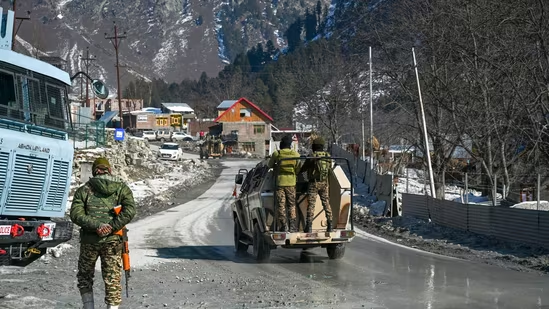

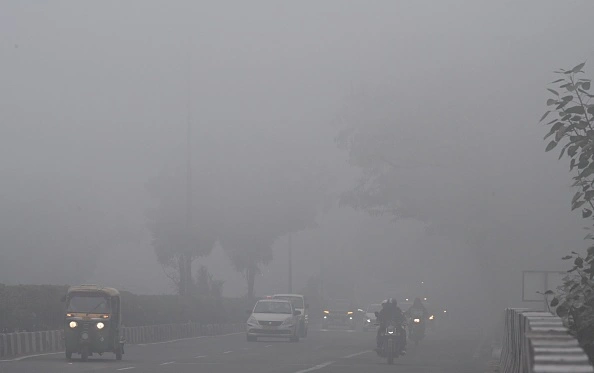

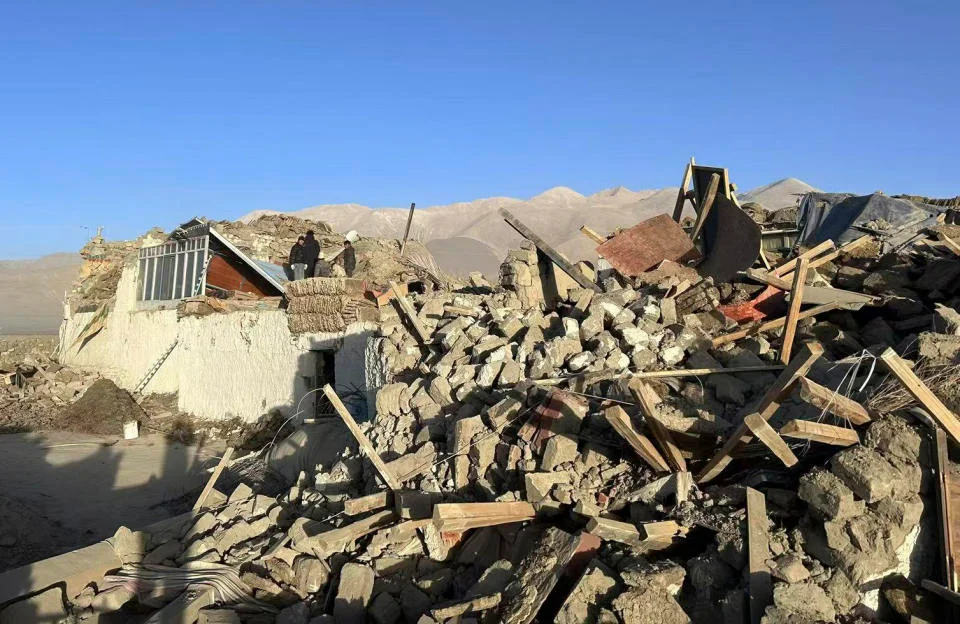








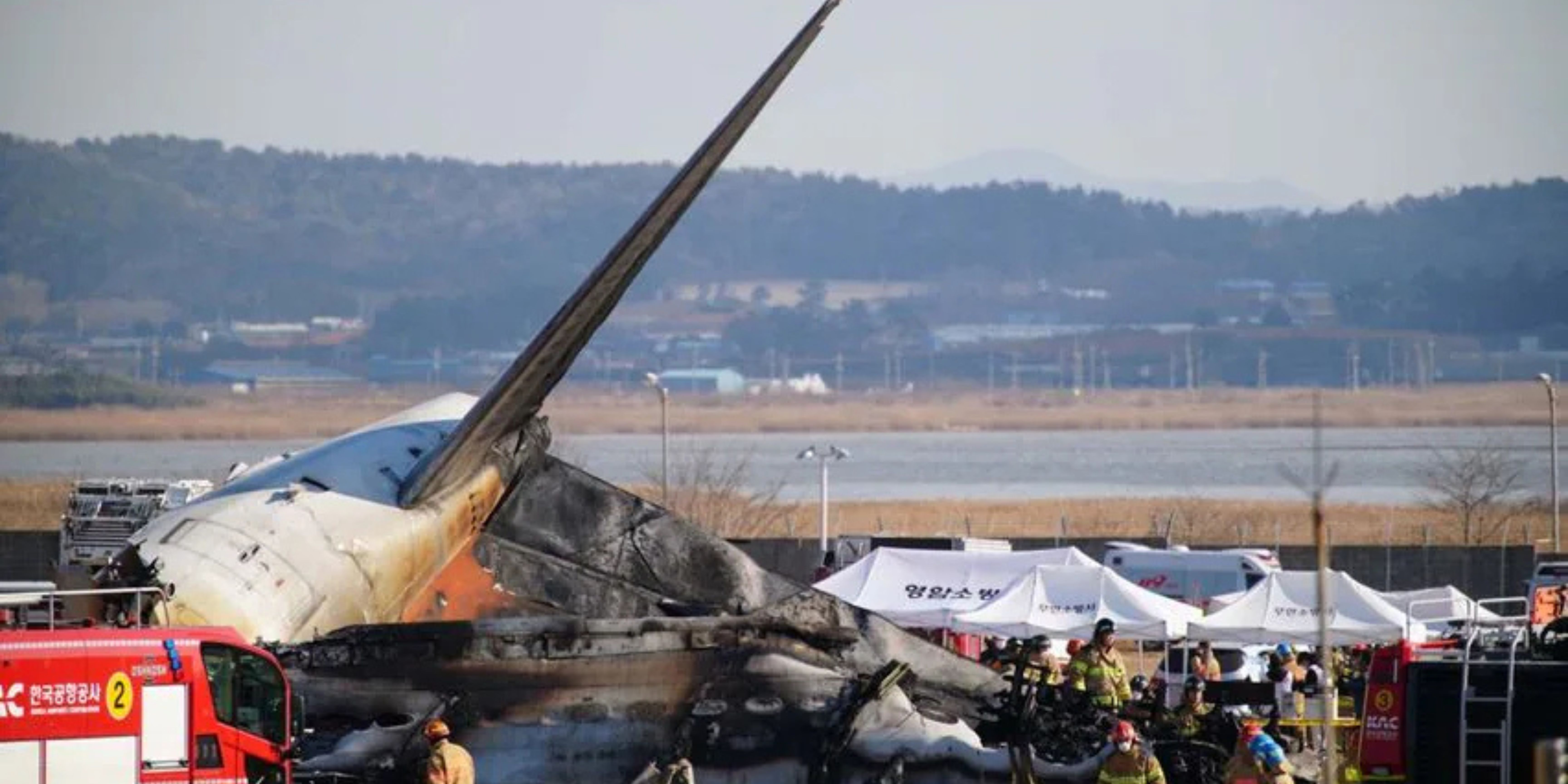





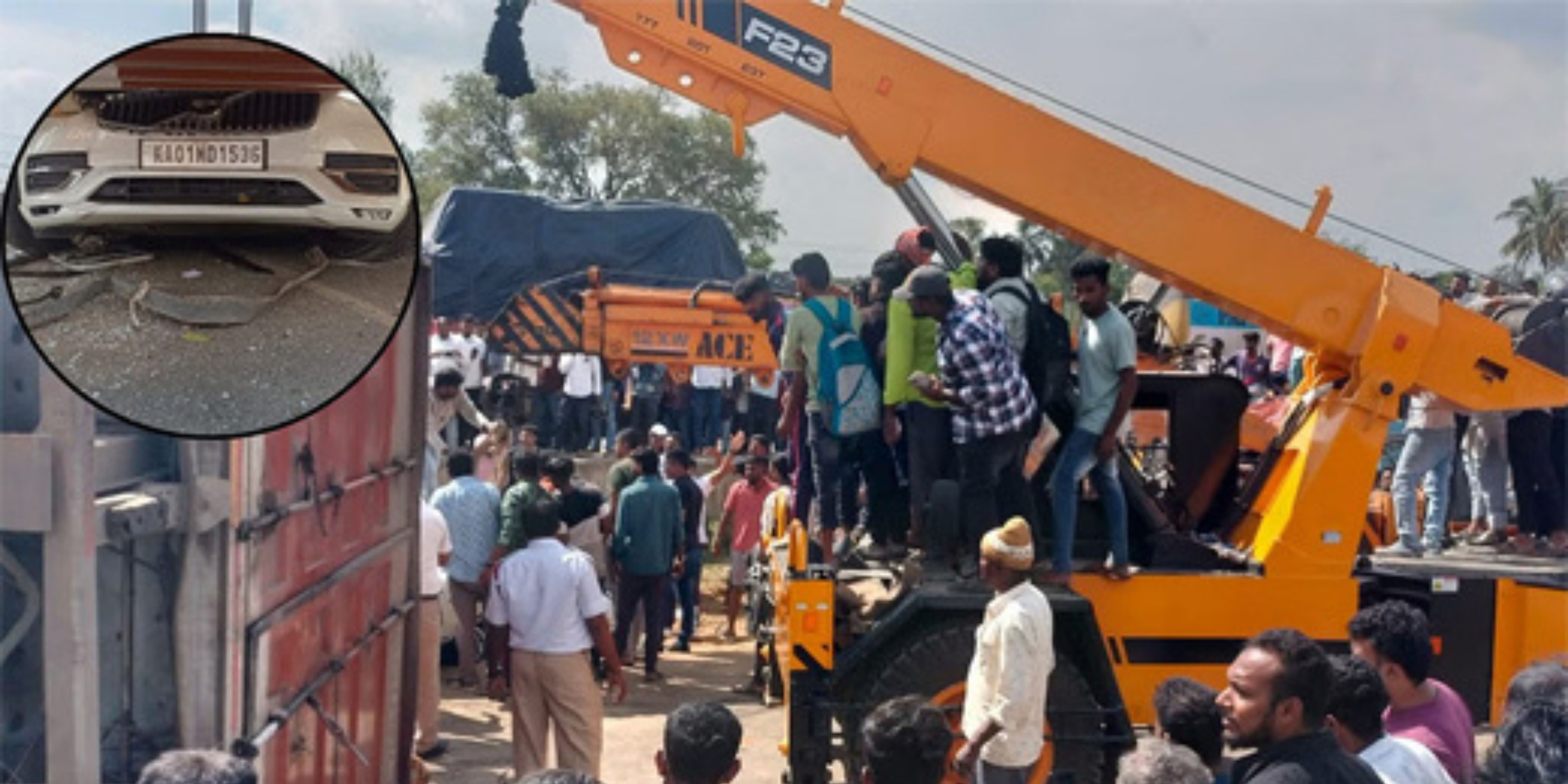




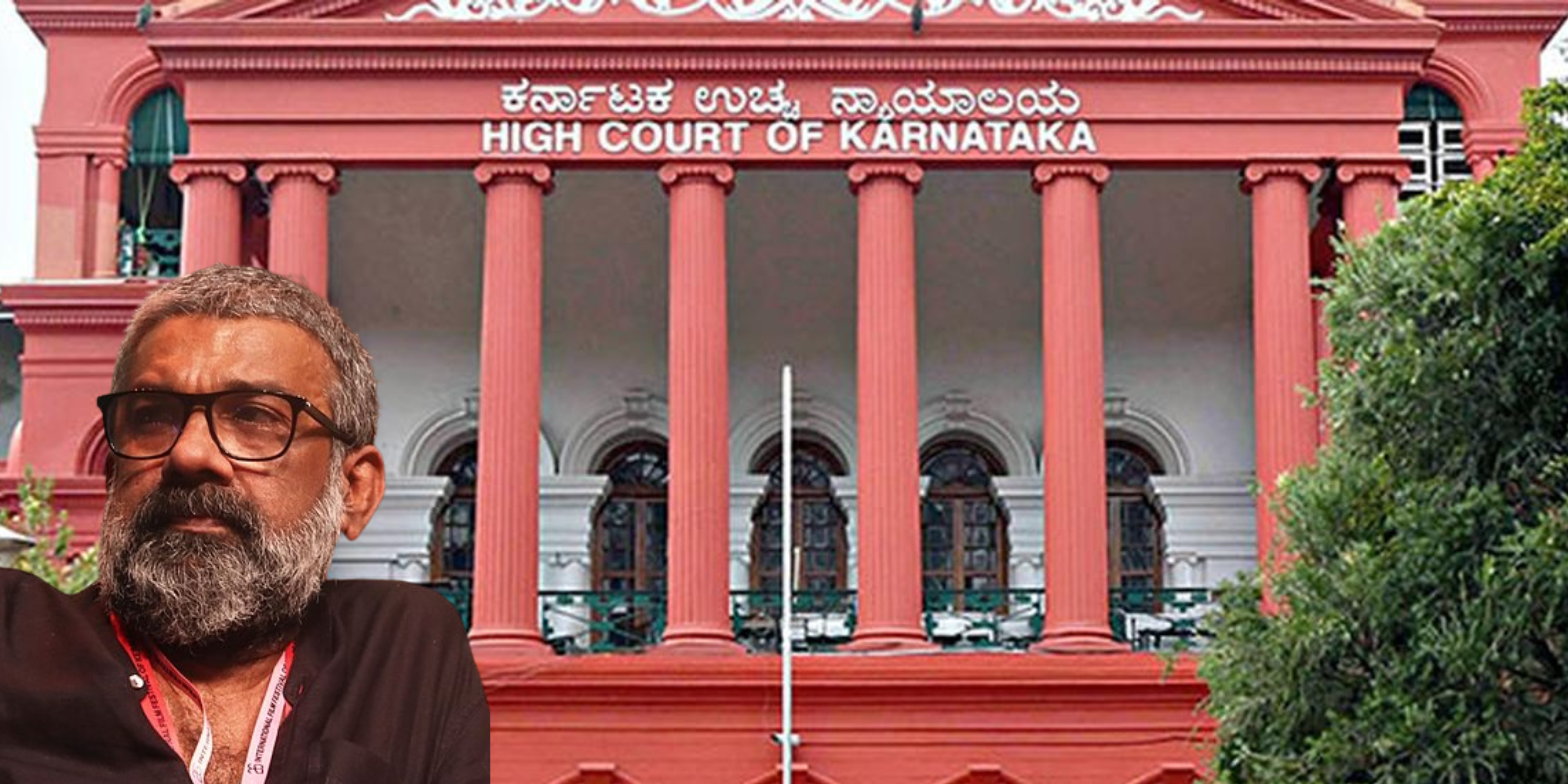

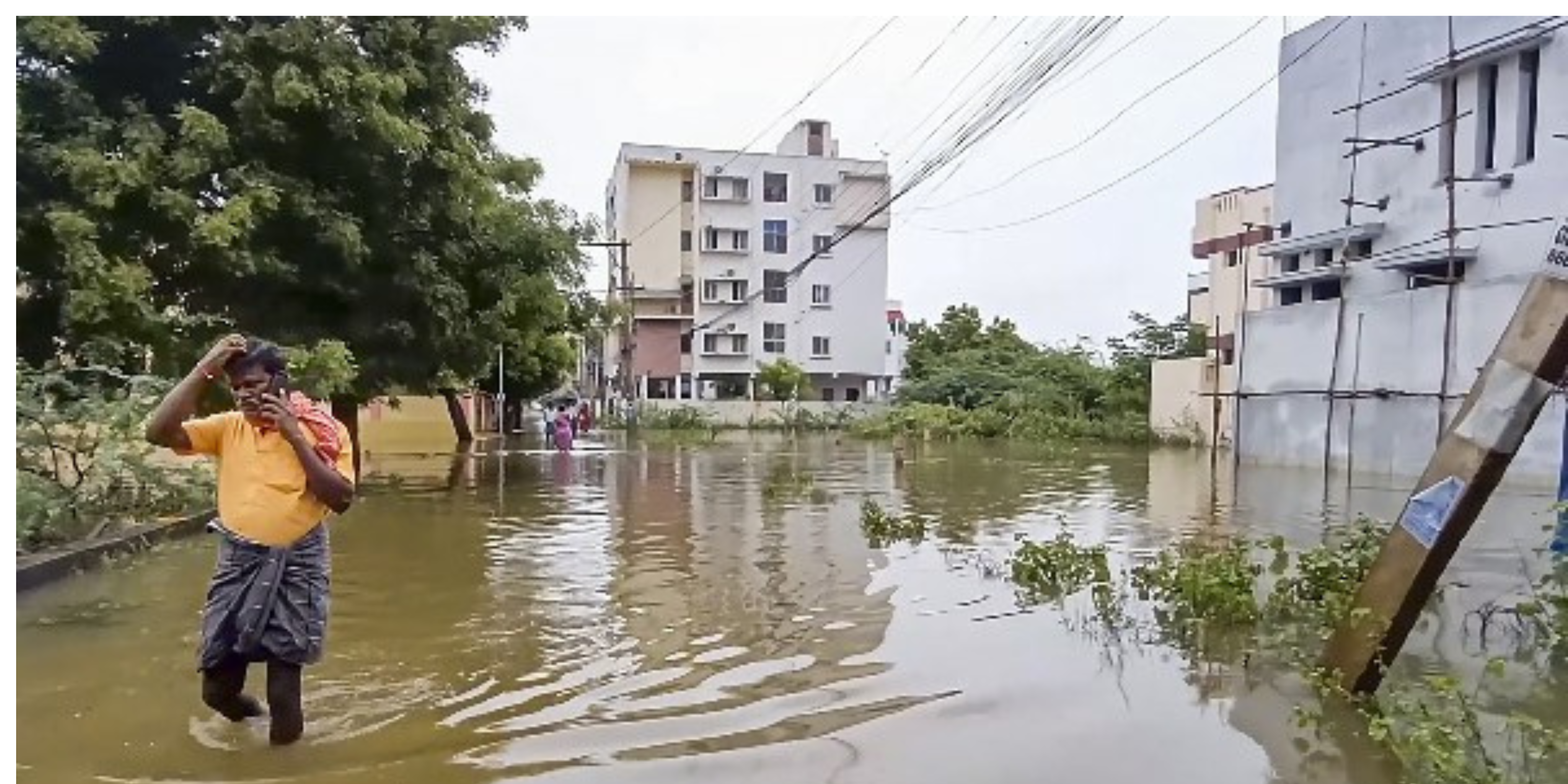



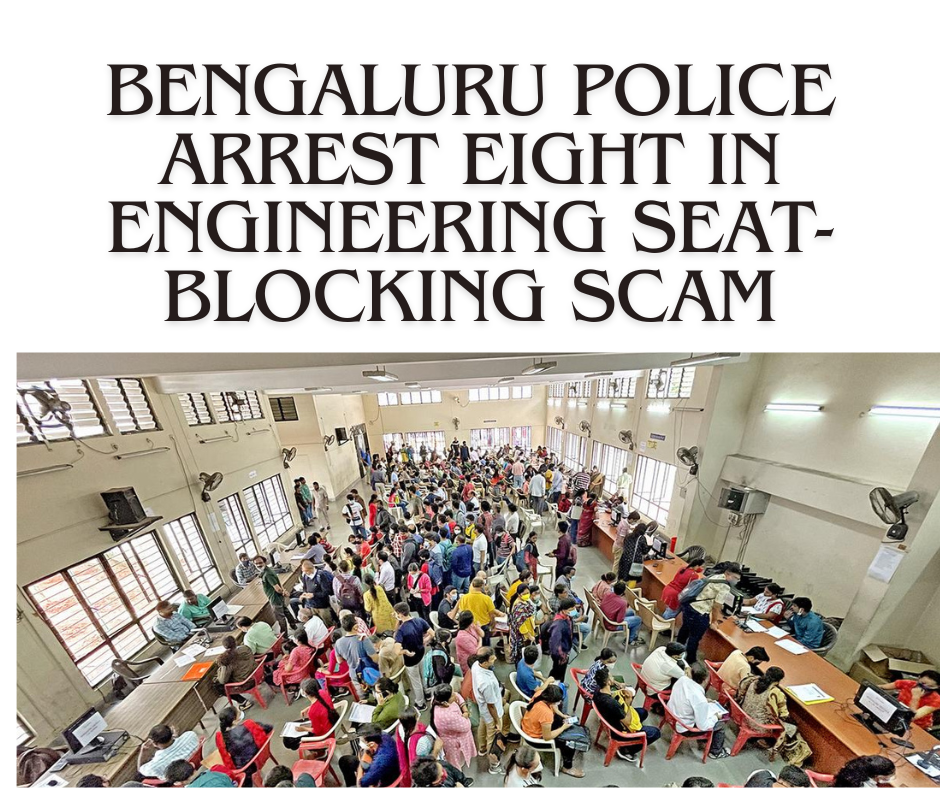


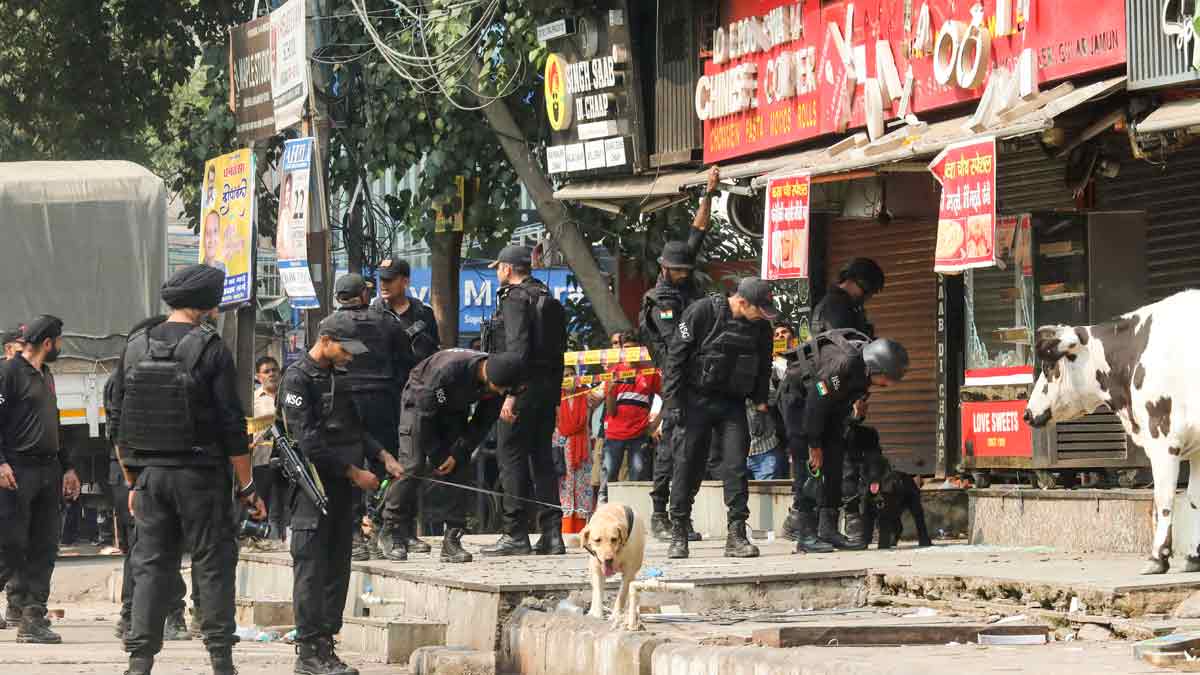


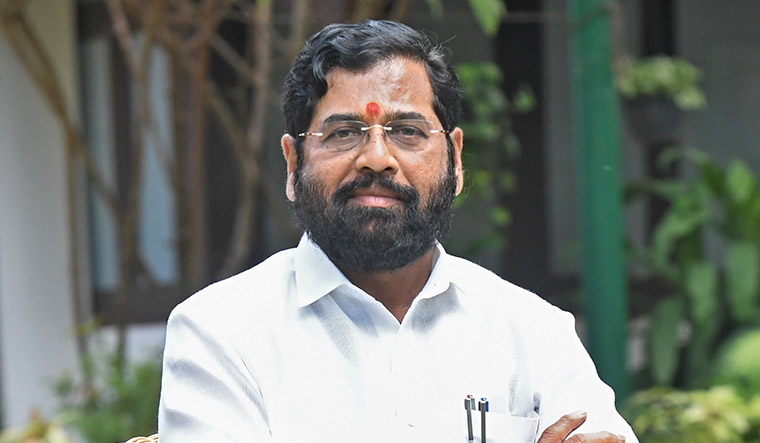
.png)
 (1).png)





